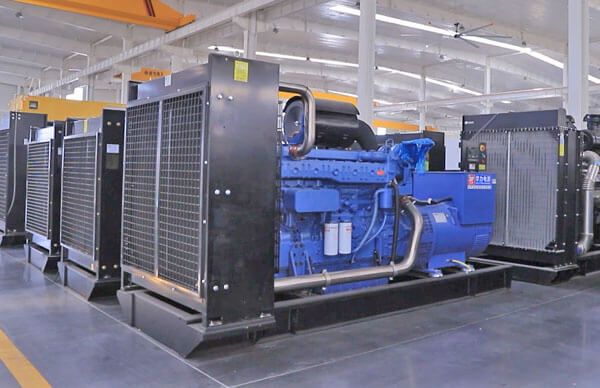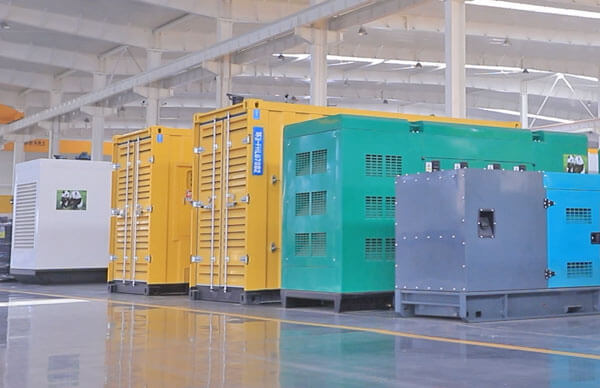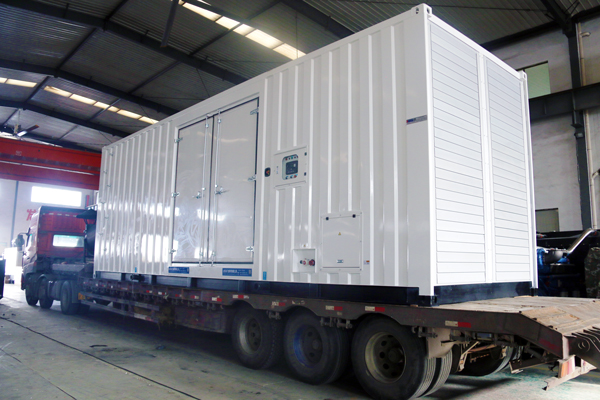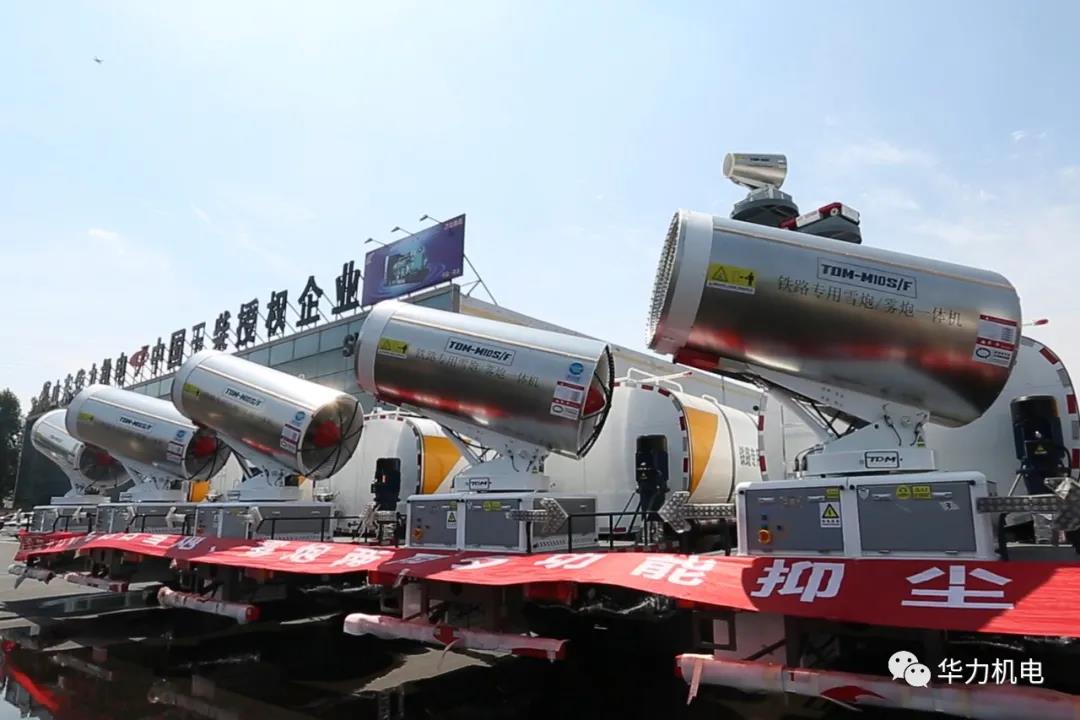Common generator problems and how to repair them
Generator maintenance is an important part of ensuring the stable operation of the generator set, extending its service life and improving work efficiency. Whether it is used in industrial production, construction sites, commercial activities or emergency backup, the reliability of the generator directly affects the normal operation of the entire system.
Therefore, it is crucial for users to understand the key points and best practices for generator maintenance. The following is detailed information about generator maintenance, including its importance, common problems, maintenance steps, etc..

The Importance of Generator Maintenance
Extend service life: Through timely maintenance and upkeep, the wear and damage of parts can be reduced, the overall service life of the generator can be extended, and the frequency of equipment replacement can be reduced.
Improve efficiency: A well-maintained generator can run at its best, improve energy efficiency, reduce fuel consumption, and lower operating costs.
Ensure safety: Generator failure may cause safety accidents, such as electrical failure, overheating, etc. Regular maintenance can help identify and eliminate potential safety hazards and ensure the safety of operators and equipment.
Common generator problems and reasons
Reasons: Insufficient battery power, starter motor failure, fuel system problems, etc.
2. The generator output power is lower than the rated value and cannot meet the load demand.
Reasons: Insufficient fuel supply, clogged air filter, reduced engine performance, etc.
3. Abnormal noises occur during operation, such as knocking sounds, friction sounds, etc.
Reasons: Wear of internal parts, loose transmission belt, exhaust system problems, etc.
4. The body temperature is too high, which may trigger the automatic protection device.
Reasons: Cooling system failure, poor ventilation, excessive load, etc.
5. Oil stains or other liquid leaks appear on the generator surface.
Reason: The seal is aged or damaged, the connection part is loose, etc.
6. The output voltage fluctuates greatly, affecting the normal operation of the equipment.
Reason: voltage regulator failure, large load fluctuation, poor electrical connection, etc.
7. The generator cannot automatically start supplying power during a power outage.
Reason: Automatic transfer switch failure, sensor failure, etc.

Main steps in generator repair
Use diagnostic tools: such as multimeters, vibration analyzers, etc., to detect the status of electrical and mechanical components.
Visual inspection: Check the appearance of the generator for obvious signs of damage, leakage or burnout.
Evaluate the operating performance and efficiency of your generator through load testing.
(2) Disassembly and inspection
Disassemble components: Based on the fault diagnosis results, disassemble relevant components for detailed inspection.
Detection of wear: Check the wear degree of key components such as pistons, cylinders, and crankshafts to determine whether they need to be replaced.
(3) Replace damaged parts
Purchase high-quality parts: Choose original or high-quality replacement parts to ensure reliable replacement parts.
Installation and adjustment: Install new parts according to manufacturer's specifications and make necessary adjustments and calibrations.
(4) Cleaning and maintenance
Clean the interior: Remove carbon deposits, impurities and dirt to ensure cleanliness and smoothness inside the engine.
Lubrication system maintenance: Replace engine oil and lubricating oil filters to ensure normal operation of the lubrication system and reduce wear.
(5) Electrical system inspection
Check cables and connections: Make sure electrical connections are tight and not loose or corroded.
Test the generator output: Use electrical test equipment to confirm that the generator output voltage and frequency are stable.
(6) Fuel system maintenance
Clean the fuel system: Remove impurities in the fuel lines to ensure smooth fuel supply.
Check the fuel pump and filter: Make sure the fuel pump is working properly and the filter is not clogged.
(7) Trial operation and debugging
Reassembly: Reassemble all parts in the correct order and specifications.
Carry out a test run: start the generator, observe its operating status, and ensure that all maintenance work achieves the expected results.
In order to ensure the normal operation of the generator and extend its service life, users should pay attention to regular maintenance and timely repairs, and choose a professional and reliable maintenance service provider. In daily use, paying attention to details and promptly discovering and solving problems can not only save maintenance costs, but also improve the overall performance and reliability of the generator.







